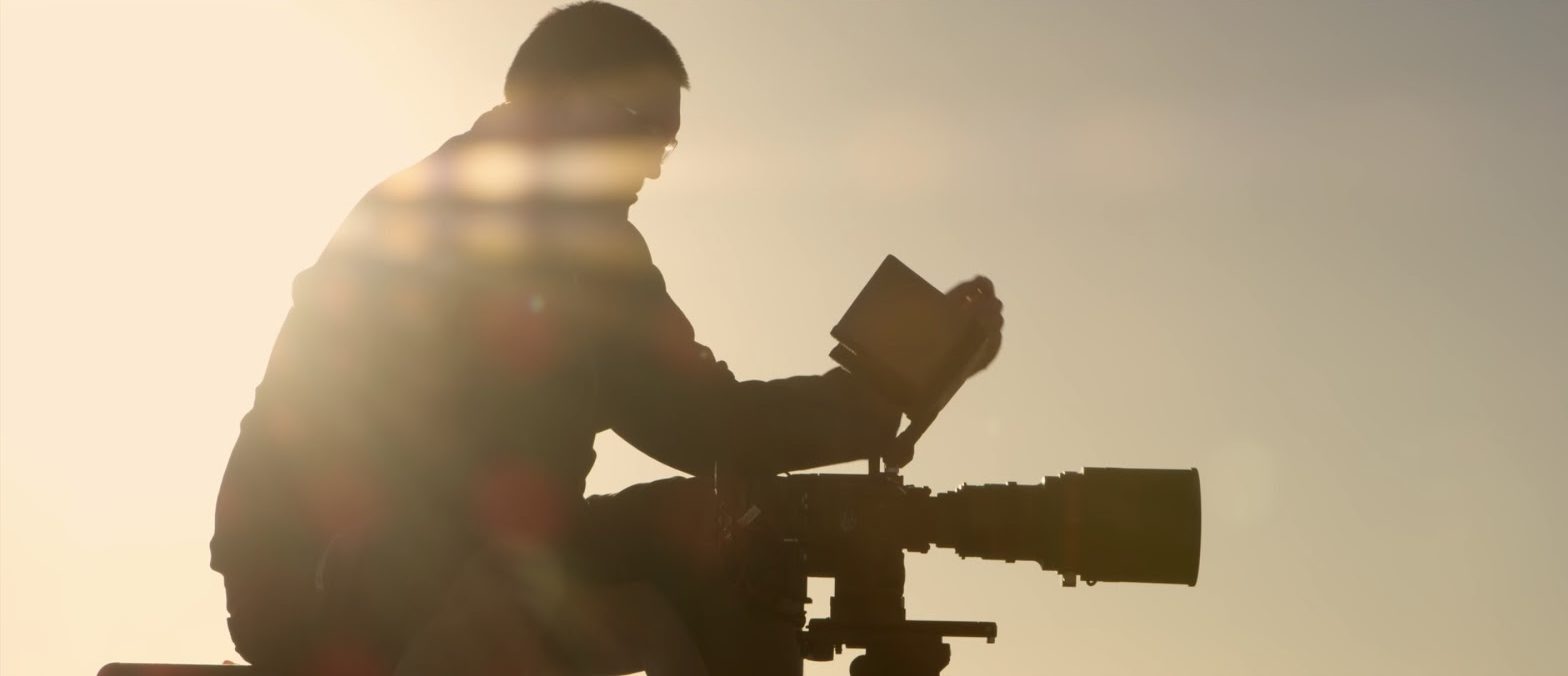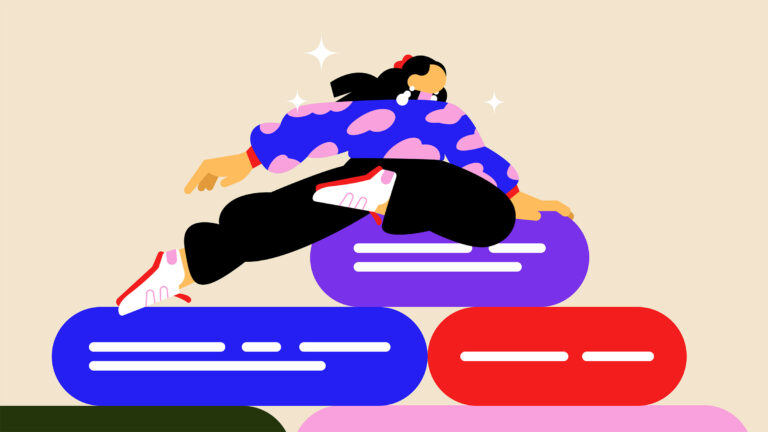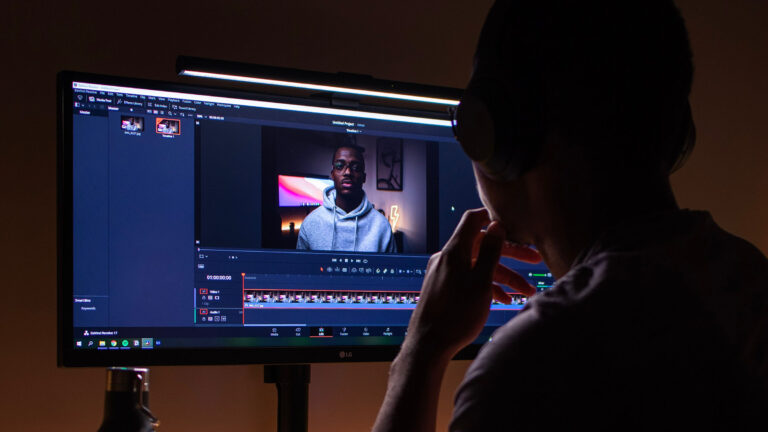Highlights:
- Art sucks
- Art doesn’t pay
- Art does pay
- Here’s how it pays
- Go get paid
Being an artist sucks. Rarely do you get paid what you’re worth. You have to put up with dead-end jobs to make ends meet while you work on being an “auteur.” Family members look at you cross-eyed, and frequently your physical and mental health suffers.
So why do it?
Why not stick to getting the safe 9 to 5 that comes with sick leave, a steady paycheck, and vacation time (two whole weeks!) and if you’re lucky, a gold watch when you retire (do they still pass out gold watches? Do people still “retire?”)
Well. Mark Toia has an answer.
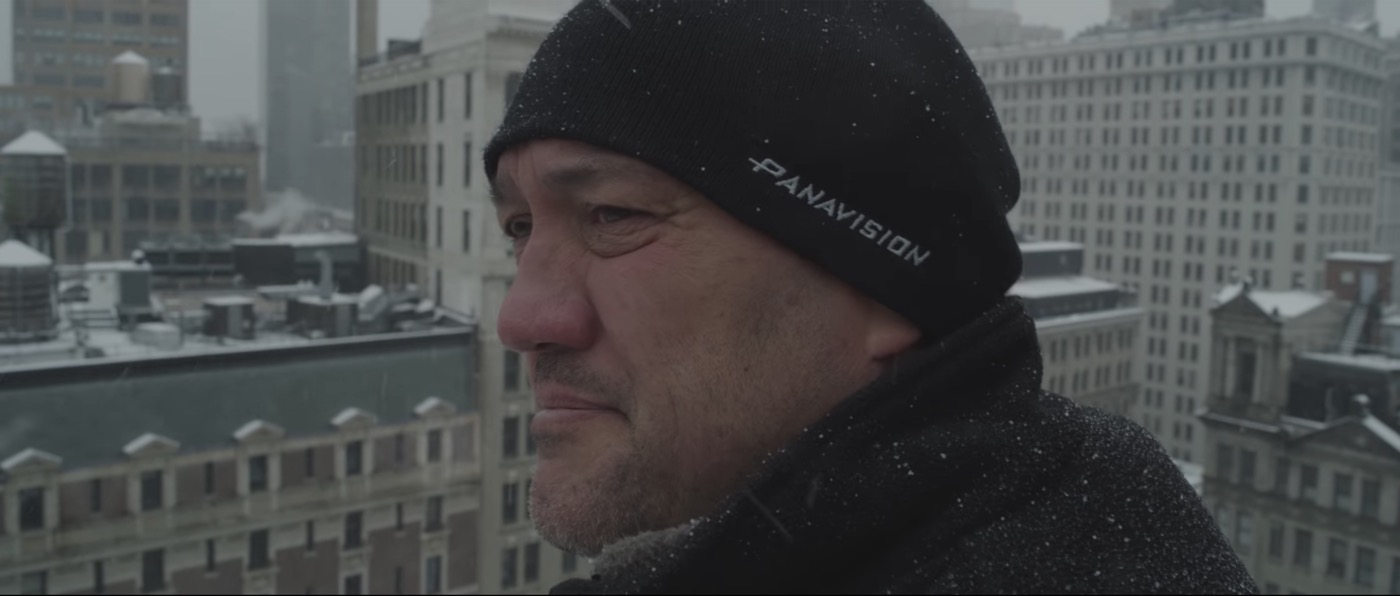
Last week we premiered the inaugural episode of a new film series called Frame.io Masters, where some of the most gifted and talented filmmakers working today explain why they do what they do. Up first was the award-winning master craftsman and globe-trotting commercial director from down under, Mark Toia.
The film has had a tremendous response as thousands of artists have been inspired by its message and imagery. But it also has been the spark of some very heated and provocative conversations across the web.
This post on the /r/photography sub-Reddit was particularly heated (I know. A provocative debate on Reddit. Shocker!) The topic in contention was a key part of Mark’s film—the statement he makes near the beginning where he repeats the advice a teacher of his told him years ago—“art doesn’t pay.”
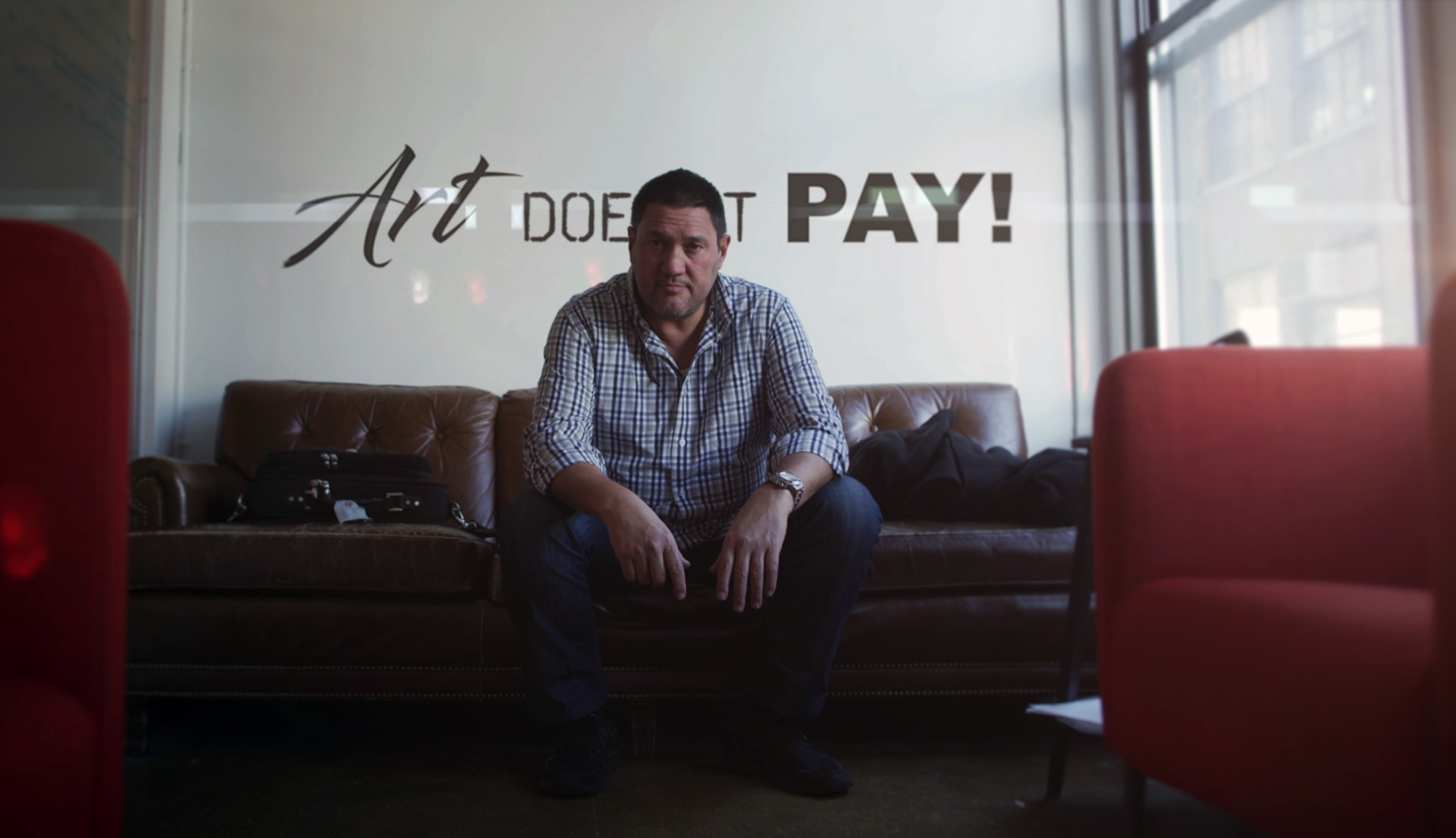
This debate is not new to the industry (filmmaking, photography, or any other creative field). Whether or not one can make a career out of doing creative work that you love is probably as old as neandertal paintings on cave walls. There seem to be two leading mindsets:
First, Mark’s film is great and all, but his story is rare. He’s the 1/10 of 1% of those who make it. One Redditor replied:
“Beside the epic self-promotion of Mark Toia, the moral in this clip is kinda full of sh*t. I’m glad this guy made it, but it’s the story of 0.1% and not the 99.9% that went all in for the same goal and failed. He makes it sound like if you put the hard work it will pay in this domain; well it’s full of broke asses that never made it [yet] went all in. Art doesn’t always pay. Amazing story, epic demo reel, but this is the outcome of the guy who finished 1st place, not the story of the 50,000 others who went for the same race.”
And it’s nice to know that cynicism is still alive and well in the creative community. As one other Redditor put it:
“Yeah it’s like if you put an NBA player in this video and changed the title to “Basketball doesn’t pay”.”
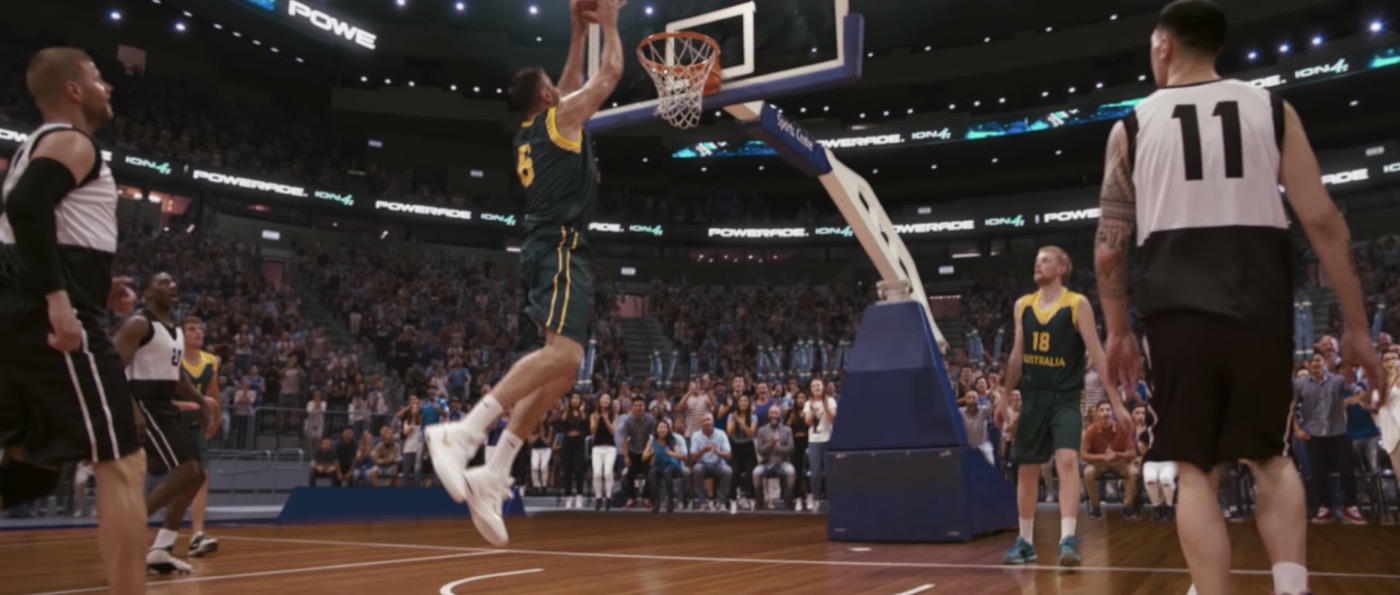
But not everyone had that feeling.
The second mindset is that art can pay—it IS hard to get there, but worth the effort. The reply to the aforementioned comment summarizes the opposing view:
“I think you’re completely missing the point. Where did you hear him say that going “all in” was how he got to where he is? It’s not because you go all-in that you’ll make it. What you missed is that he had a passion from a very young age and took a shot at it. He earned 1 small paycheck and REINVESTED his earnings into his passion. If you get into ANYTHING with a unique outcome to earn money, you’ll fail. He had a passion, gave it a small shot, earned a tiny bit of money and kept at it. Your analogy of the race isn’t the best either ‘cause at the beginning, they all have the same chance, it’s about who put the work in and who doesn’t give up.”
This echoes similar debates related to whether one should follow your passion vs. play it smart.
As with most issues regarding the pursuit of success in a creative field, the answers are nuanced. I absolutely believe that art can pay; not only in the traditional financial ways, but in intangible ways which are just as significant.
Today we’ll look at the financial ways in which art can pay. Next week we’ll tackle the intangible.
So let’s start with the four key lessons we can take away from Mark’s story. I call them the “Be Attitudes.”
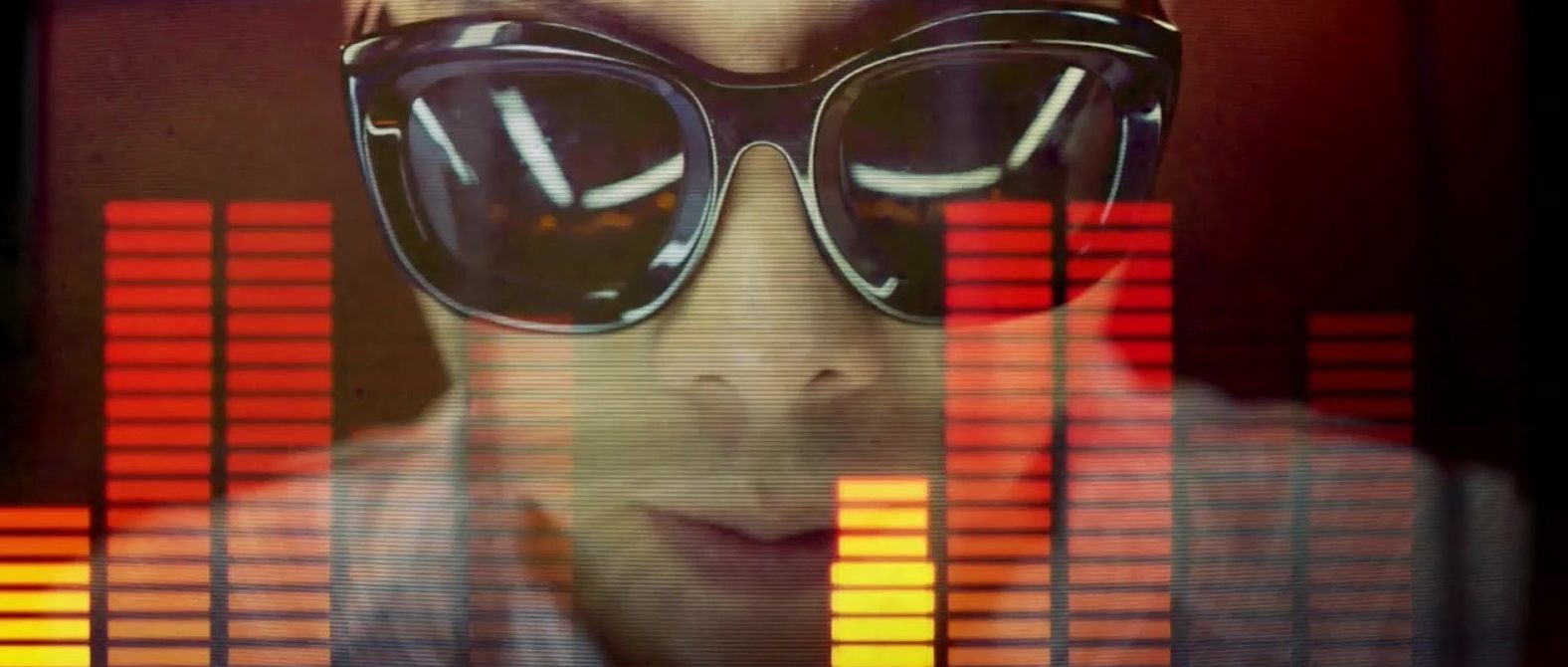
Be self-aware. (Know your abilities.)
Mark makes it clear from the outset that he was a gifted student of the arts. He could draw pretty much anything. That skill was undoubtedly the impetus for his teacher giving him that advice. (The teacher saw a raw talent, and in a desire to protect mark from a life of starvation, he gives him the warning “art doesn’t pay.”)
One of the leading arguments against “following your passion” is that many people have a passion for something they’re not really good at. They pursue it only to be disappointed in the long run. This video by Mike Rowe addresses this point directly. In summary, he proclaims that many people have a passion for something in which they have no actual skill or talent. They would be better off keeping their passion, just don’t pursue it as a way to earn a living.
If you want to make a living at your art, you need to have skills that others want to pay for. There’s no getting around that. That means knowing what you’re good at and what you’re not. Then hiring or partnering with those who fill your gaps.
Social media marketing icon, VC and speaker Gary Vaynerchuk lives and dies on this soapbox. As he says in the video below, a lot of people are lying to themselves. His advice is to go all-in on your strengths—and as he puts it in the New York, GaryVee style for which he’s known, “Don’t give a f*** at what you suck at.” It’s not just betting on your strengths, it’s accepting your shortcomings.
This is exactly what Mark has done. But his road to attain creative success was done in a way that allowed that success to blossom. Which leads to lesson #2.
Be smart. (Work other jobs if you have to.)
Near the beginning of the film, Mark shares how he worked many other jobs before he became a full-time filmmaker. Very rarely can one make a living as a full-time filmmaker right out of the gate. The waiter/filmmaker is a stereotype that exists for a reason. In order to survive, you must bring home a paycheck. It would be foolish to venture into the professional filmmaking and video world without such a plan. In any risky professional endeavor (whether working to be a filmmaker or starting a business), the side hustle is often necessary. It’s all about the hustle.

Which leads to lesson #3.
Be bold. (Jump fences in front of car crashes.)
We had the opportunity to interview Mark for a longer article and learn more about his story. What he didn’t share in this film was that after he got that $50 paycheck, he set out to replicate what he did. Paying photo jobs didn’t just start popping up. He hustled and did whatever he could to get paid again.
One of those turning points came when he jumped a fence at an indy race track, pretending to be an official photographer (as he had no credentials yet to get through the front door). He would do this kind of thing often, and on one fateful day, he grabbed a shot of a huge crash. That photograph led to him being hired by a Reuters producer, for whom he freelanced over the next two years. The work he did there led to more jobs and the spread of his reputation.
Even the way Mark got that job speaks to this attitude of boldness. That Reuters producer offered him $400 sight unseen (these were the film days) when he saw Mark get the shot. But something in Mark told him to decline the offer. Think about it: here he was trying to replicate that $50 payday, and a stranger offers him $400 for a photo neither one of them knew for sure was even any good (remember, this was back in the film days). When Mark declined the offer, the producer invited him to the media area to develop the film. When he saw it, he ended up paying Mark $1,000 for the shot (keep in mind this was $1,000 in 1988 money).
I would suppose the hustler attitude as well as his self-awareness both played a part in Mark’s instincts to hold out for the larger payment.
Mark took bold chances.
Now, I’m not saying you need to go out and start trespassing. However, being willing to challenge yourself and get out of your comfort zone is imperative in the creative field. That may sound easier said than done; but one way you can exercise those muscles is by joining local networking groups. This could be a local group of post professionals and editors like LACPUG, a local videographers association, or even a local BNI or Chamber of Commerce.
The networking events held by these organizations will help you get accustomed to getting out of your comfort zone, and they’re also a fantastic way to find potential mentors.
Which leads me to lesson #4.
Be learning. Always.
As Mark states in the film, he made it a point to learn as much as he could about every photographic technique there was. He wouldn’t settle for resting on his laurels. This is a theme we have seen played out in numerous professionals we’ve had the opportunity to interview for this blog.
Mission: Impossible editor Eddie Hamilton shared the importance of education and learning not only about the mechanics of editing, but of storytelling. John Wick: Chapter 2 editor Evan Schiff spoke of learning tangential skills as an editor (e.g. VFX, coding, music, etc.) Mark Toia himself follows this mindset. He made it a point to learn every major aspect of post-production, like color grading and VFX, so that he could shorten his turn-around time and keep more money.
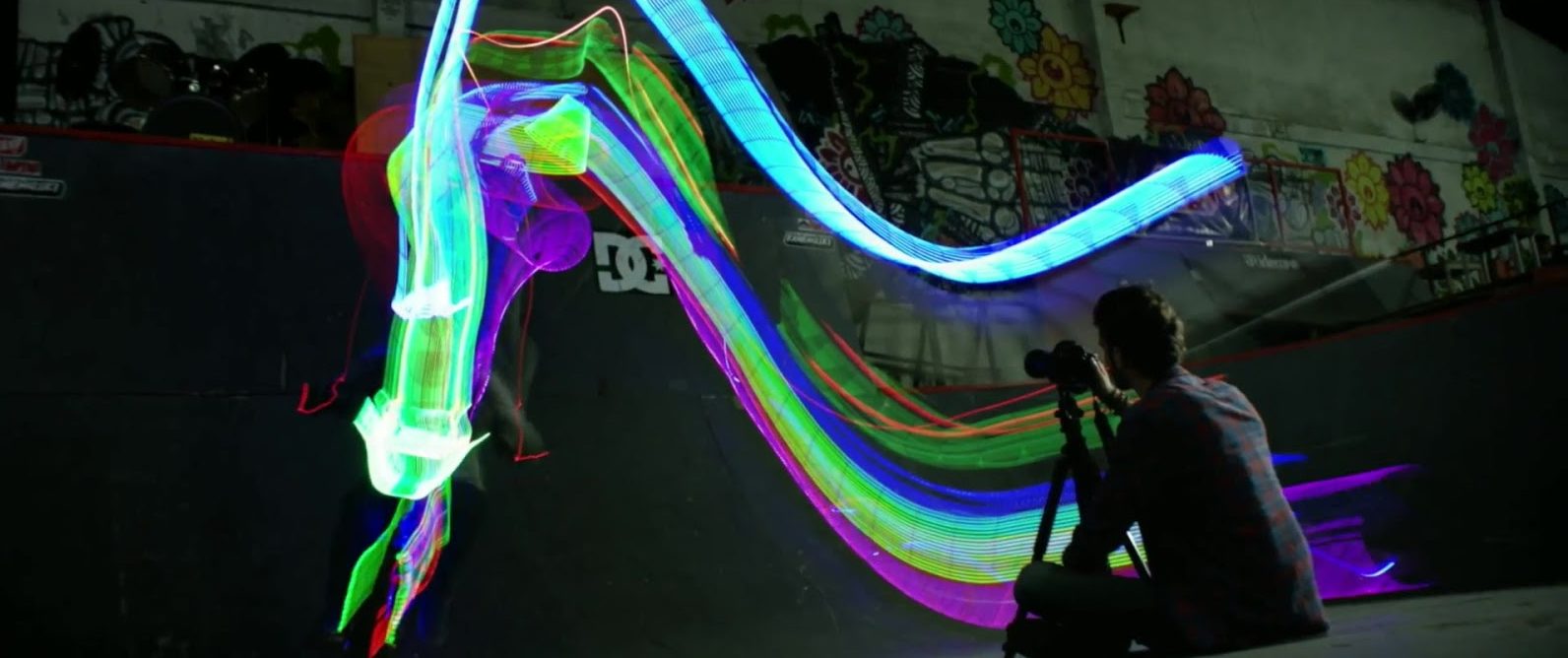
Tema Staig, executive director of Women N Media, also extols the virtues of education and learning as many skills as necessary when in this business.
But don’t limit your education just to that of your craft. You also need to learn about things like networking, writing contracts, and pricing your services (do yourself a favor and just camp out on the Business category of this blog and have a field day). Learn about the soft-skills needed to build trust and maintain long-lasting relationships with your clients. You can never learn too much.
The Moral of Mark’s Story
One of the few recurring critiques on that aforementioned sub-Reddit was the feeling that Mark is encouraging the full-sail disposal of rational thinking—that if you do what he did, you too can be as successful.
But at the end of the day, this film is Mark’s story. Nothing more. Nothing less. He doesn’t suggest you go run off and drop everything to pursue your passion. Quite the opposite—as he shared, he worked a number of blue collar jobs before getting to where he is.

He makes it clear—this industry is not for the meek and lazy. It’s hard ass work. Yet it’s easier than ever to get started. So you have no excuse not to at least TRY.
And for the record, the fact that Mark now uses expensive equipment does not invalidate his point. This was also brought up quite a bit—the seeming contradiction between Mark’s commentary on the inexpensive cost of equipment nowadays, while showing 8K RED Dragons and helicopter rigs.
Every filmmaker of note that has the wherewithal to shoot on the best of the best—from YouTubers like Ryan Connolly to blockbuster directors like Robert Rodriguez and Martin Scorsese—have exhorted aspiring filmmakers to get out and make films with whatever they have at their disposal.
The point that’s overlooked here is that Mark didn’t start off shooting with $50,000+ equipment. If anything, knowing his humble beginnings in the field and seeing what he has now should serve as further inspiration. Besides, as Frame.io CEO Emery Wells pointed out, “If you gave Mark an iPhone, he’d still create something amazing.”
“It’s not about the tools you use, it’s about the execution of your idea to try to get your imagination onto a screen.” ~Mark Toia
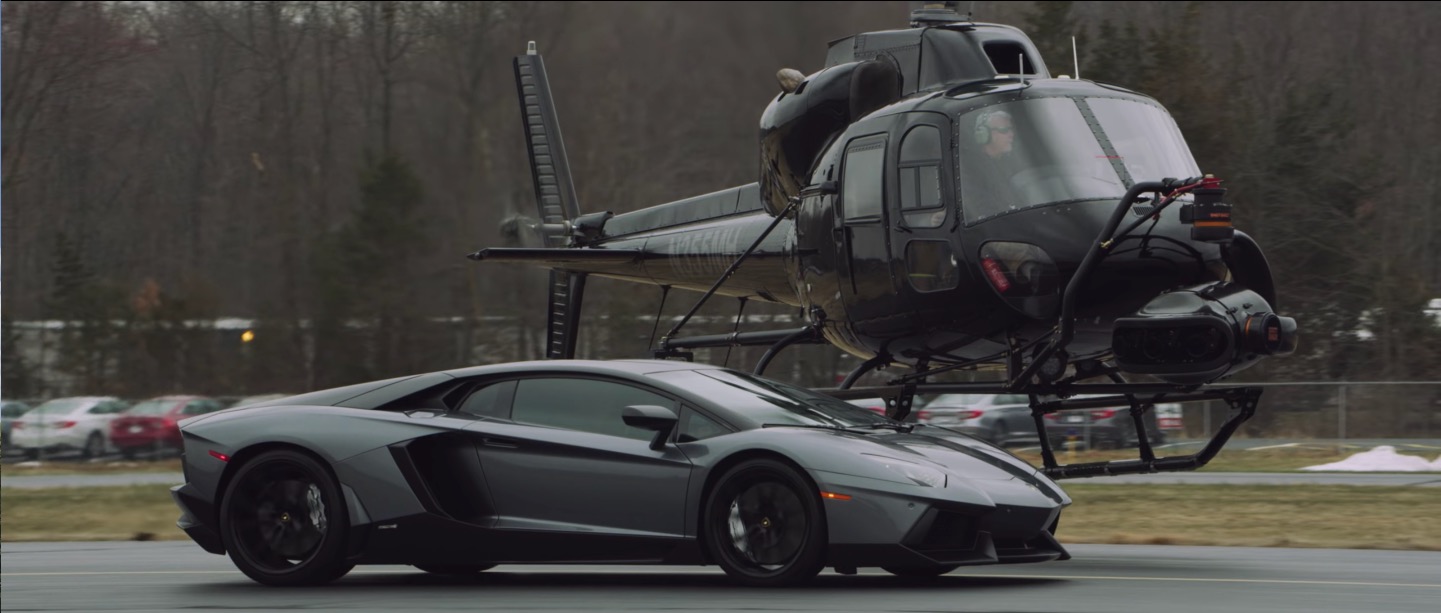
I think the moral, if there is one, is that if you have talent, and you want to give it a go at this career (or any creative career), then do GO FOR IT. Yes, you might end up like many others and not become “as successful” as Mark. But you don’t have to be a globe-trotting A-list commercial director to get paid, or to even make a decent living. (I did so for 15 years and I don’t have a quarter of Mark’s cinematic skill. And there are thousands more like me doing the same.)
Had Mark stuck with his teacher’s advice permanently, he wouldn’t be where he is now. And if a person decides to give up before they even start, then not only will they definitely never get paid for their art, they’ll die never knowing if they could have. I’d much rather die trying and fail than leave this world without ever having thrown my hat in the ring.
Perhaps the best example of this sentiment came from the Redditor who responded to someone’s cynical reply with this retort:
“Hopefully there’s some kid out there who reads your post and says, “f*** it, I’m going to do it anyways.” He’s gonna be the next Mark. Not you.”
Will you be the next Mark?
